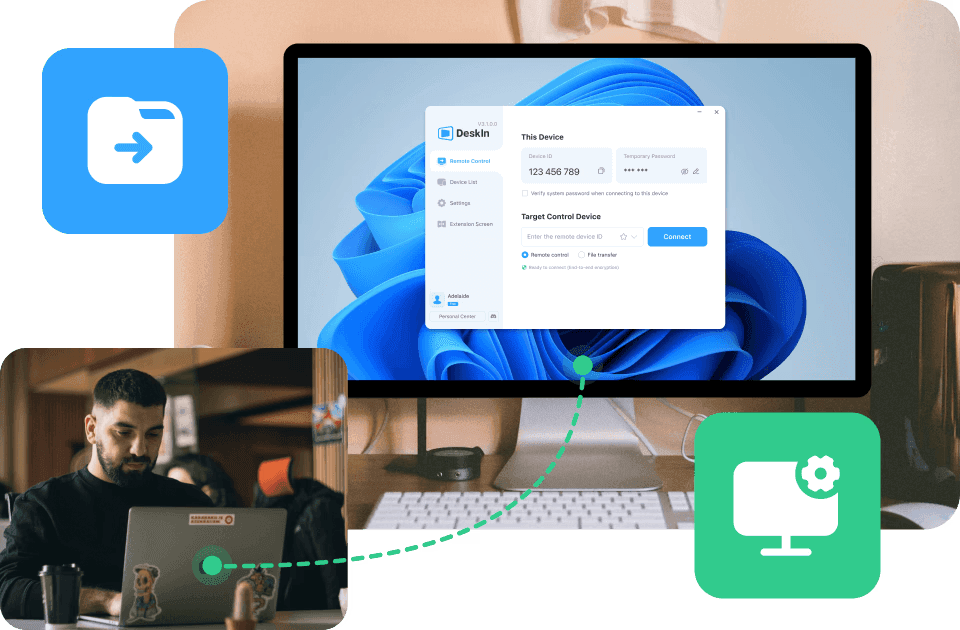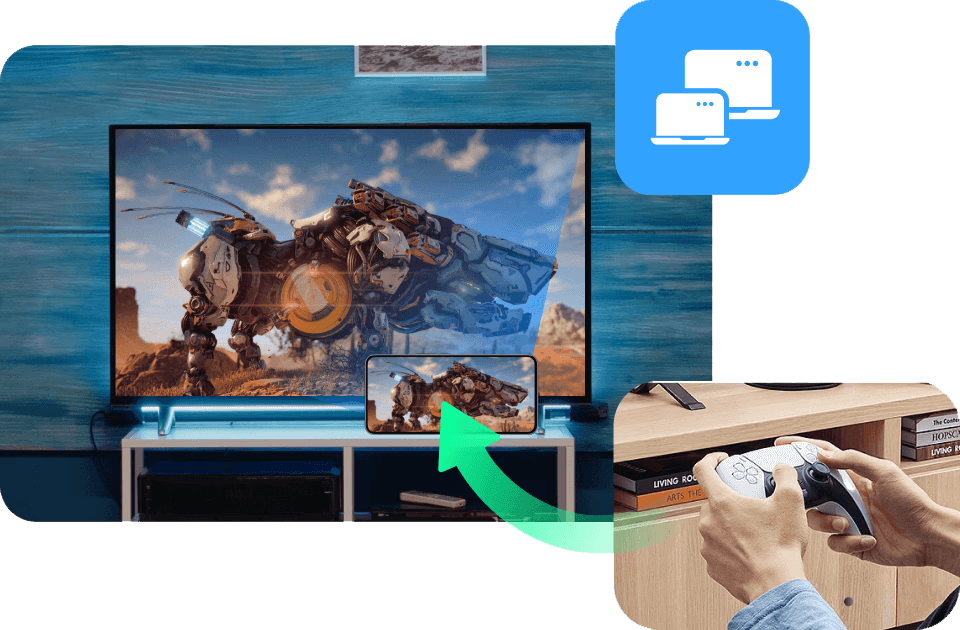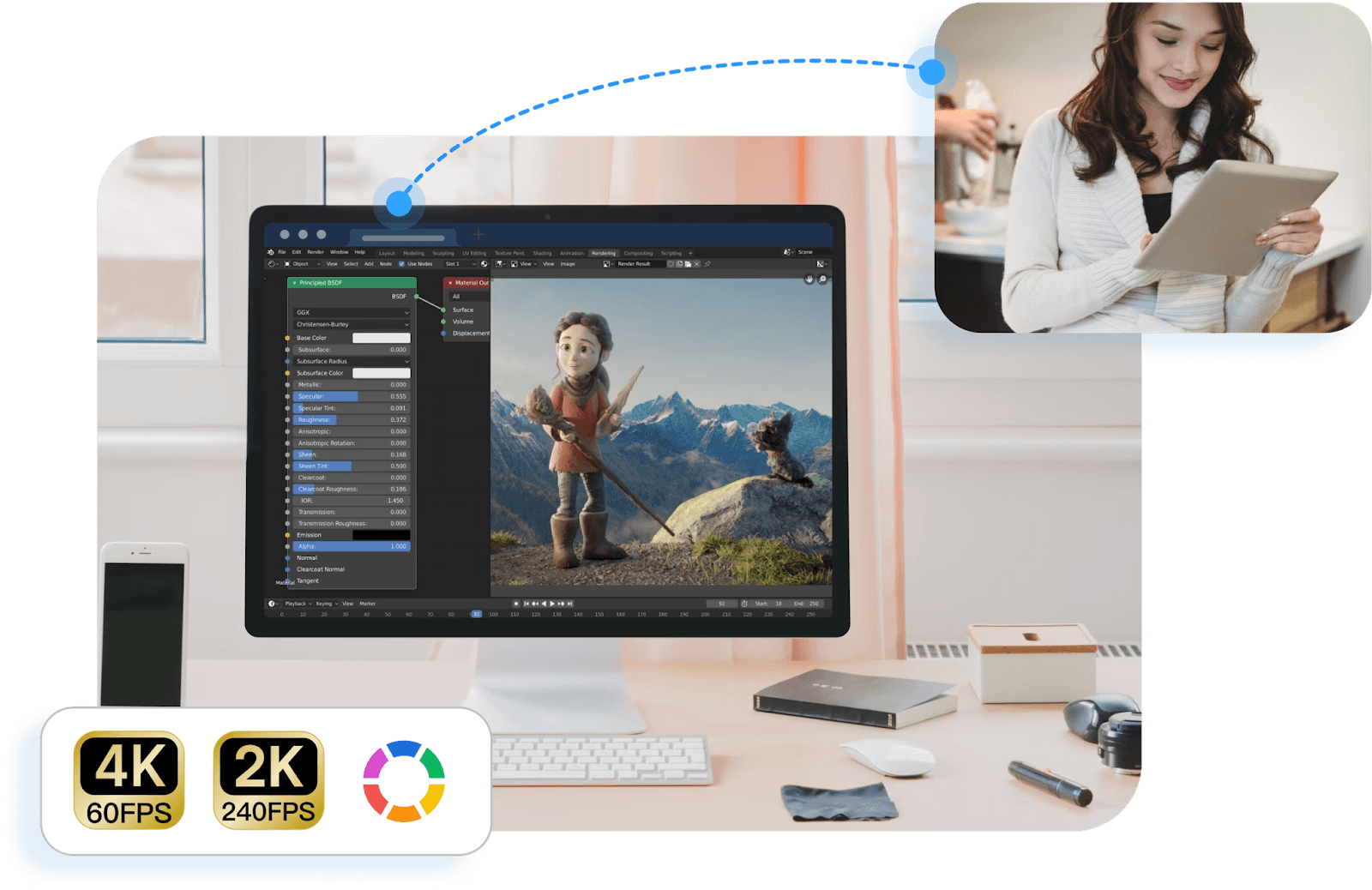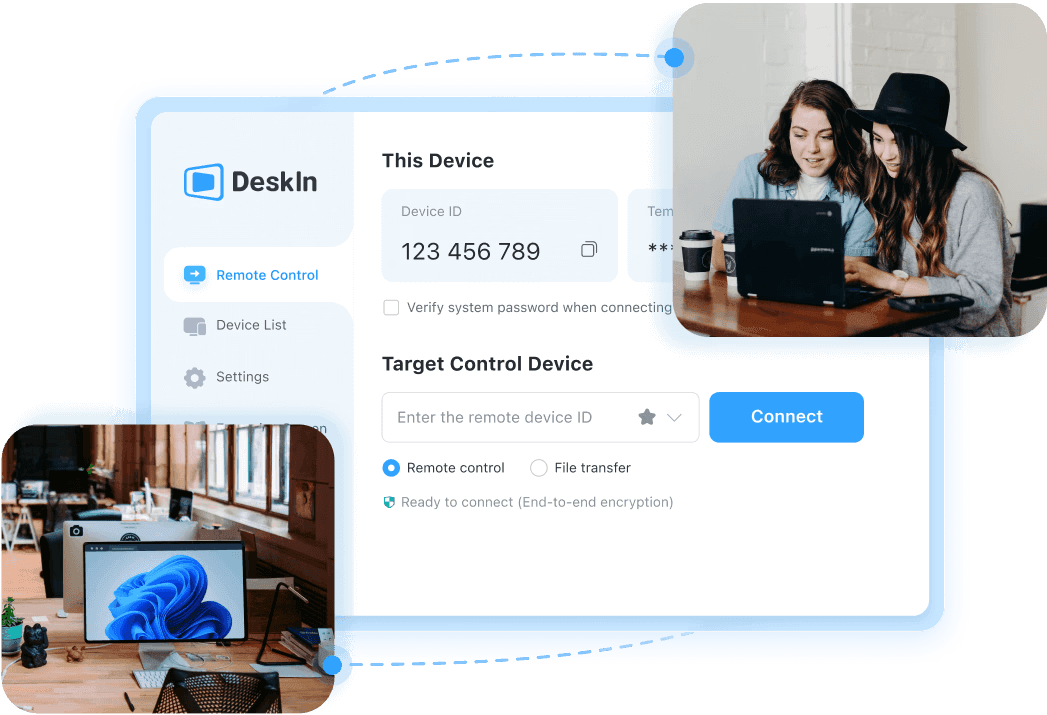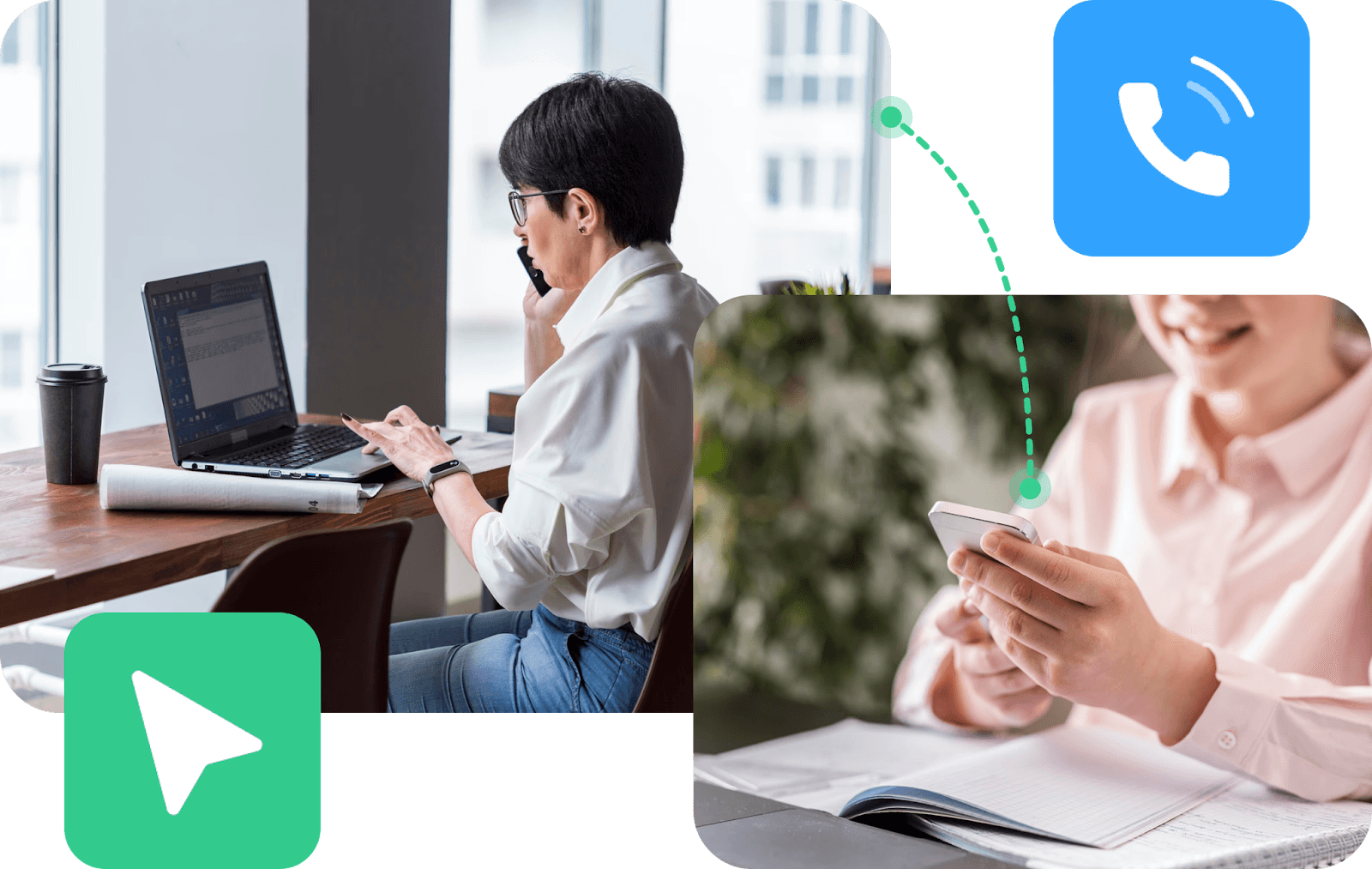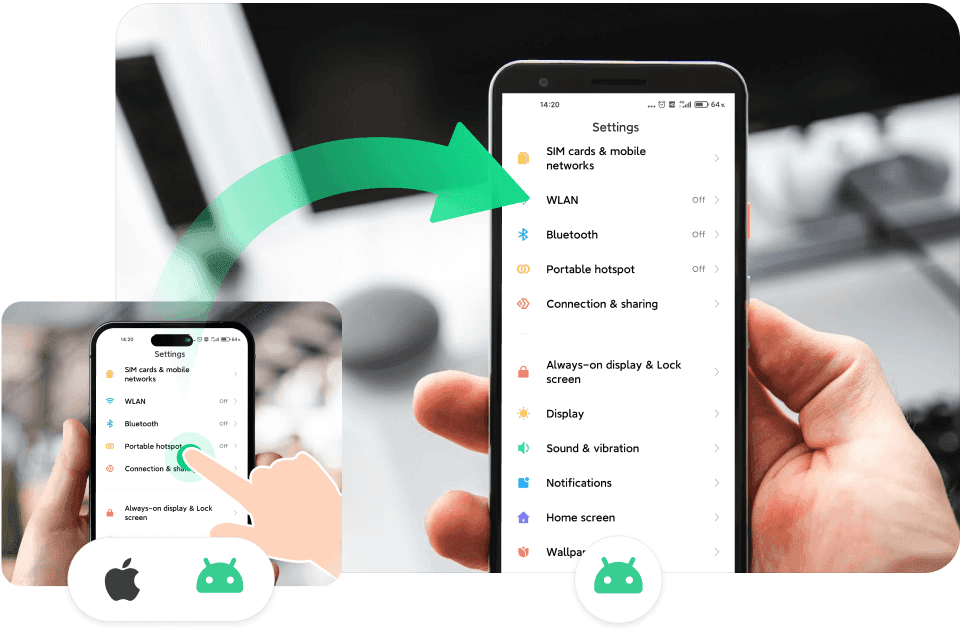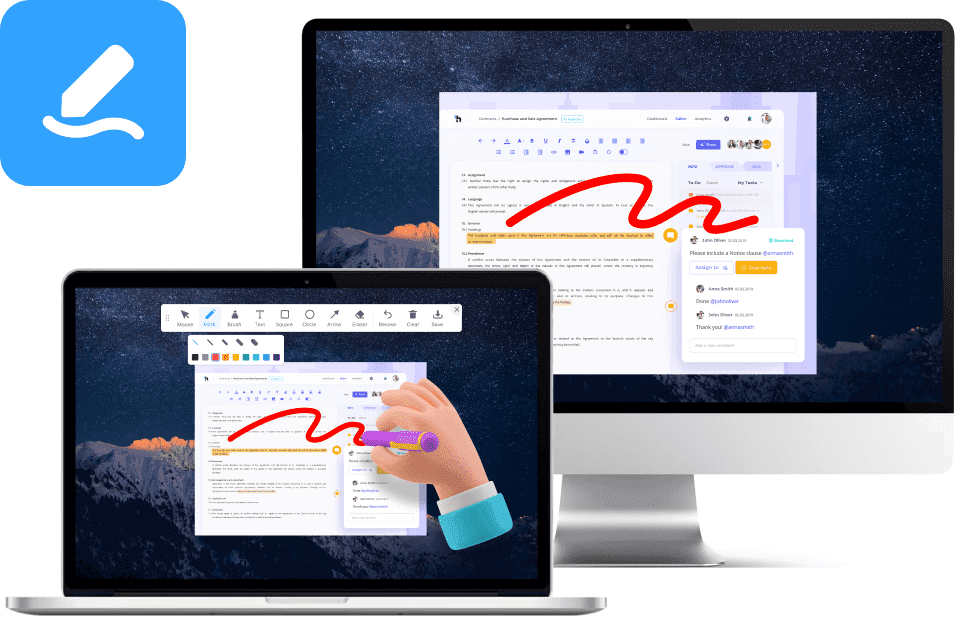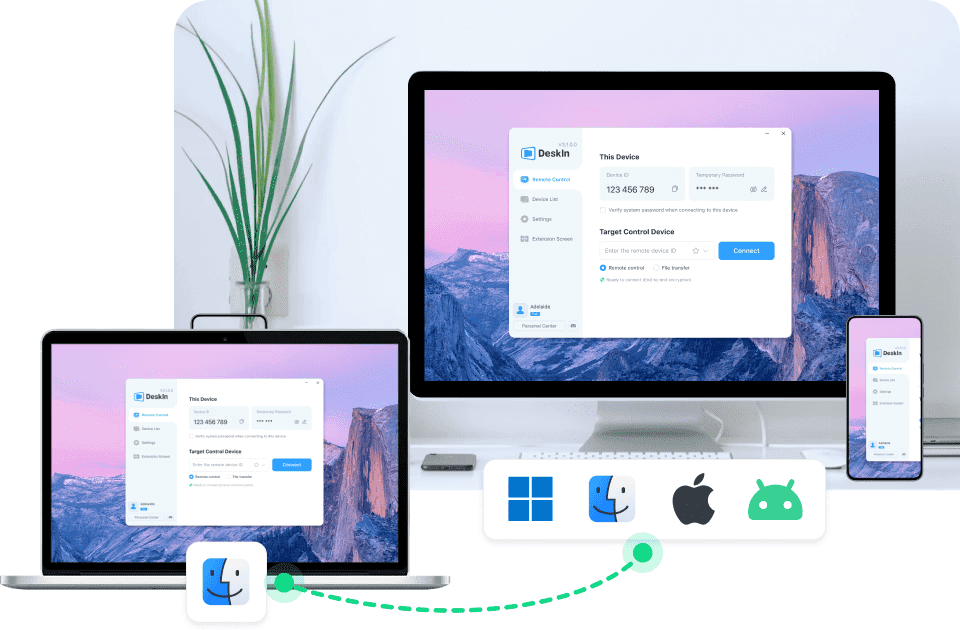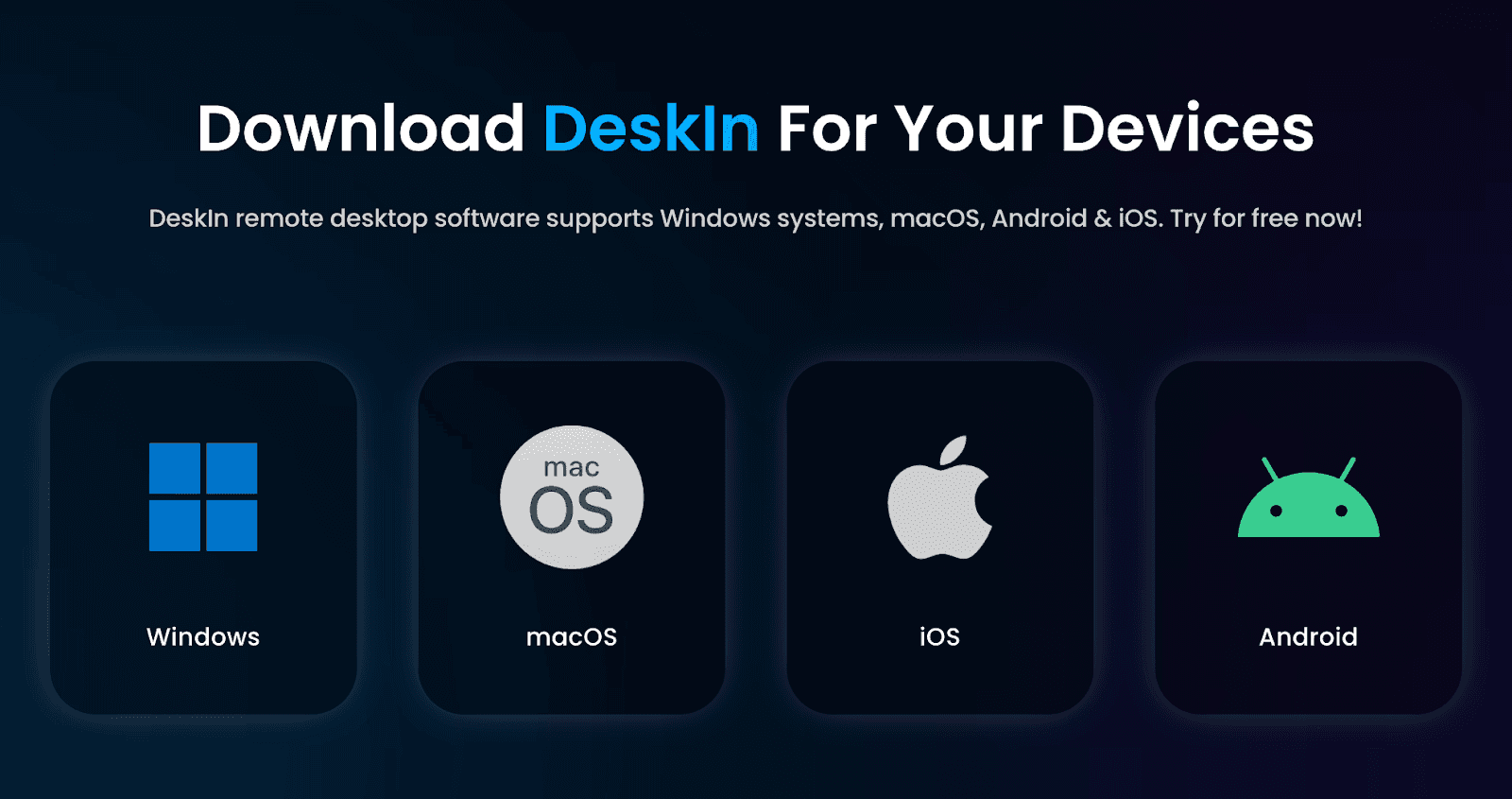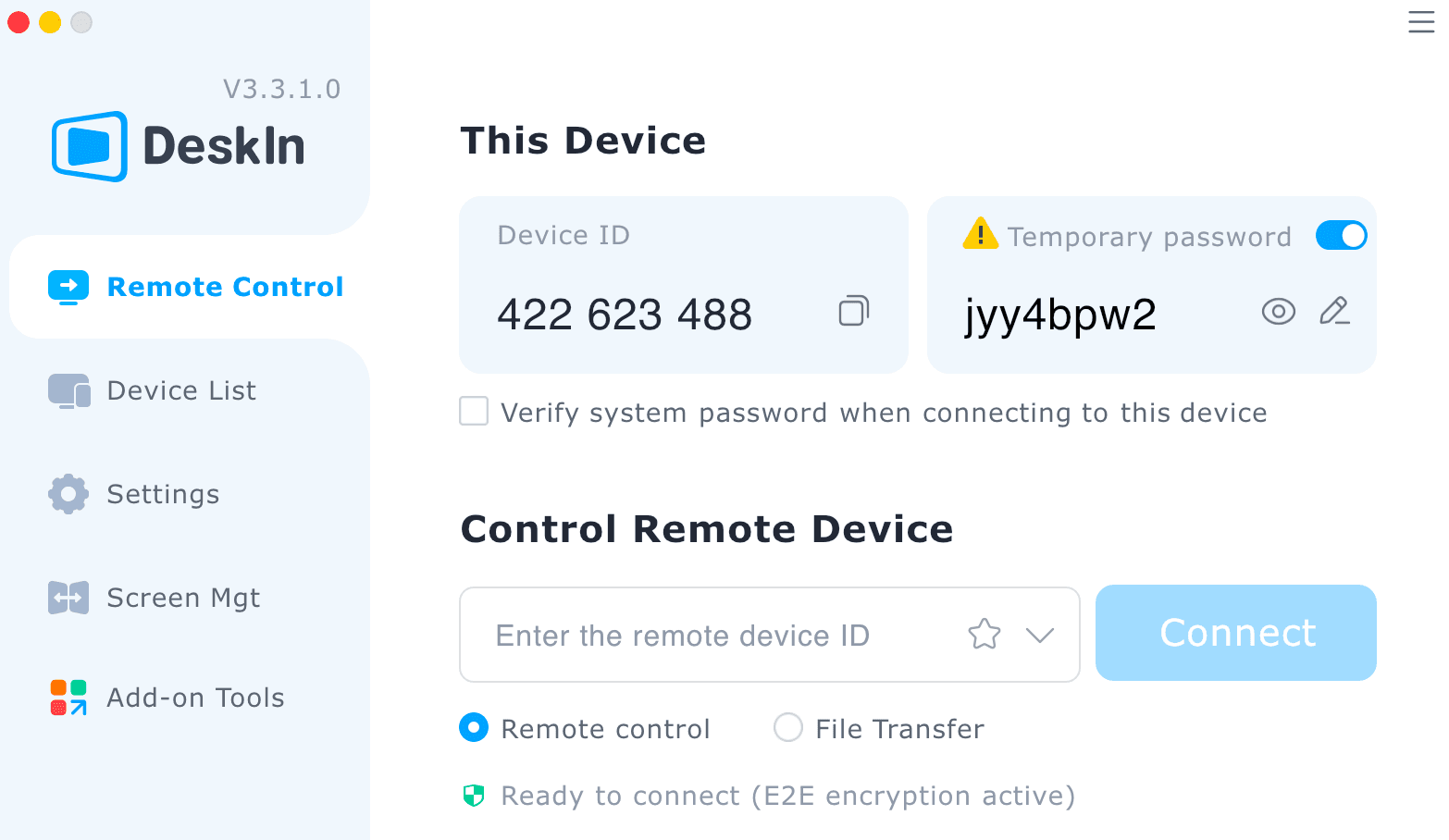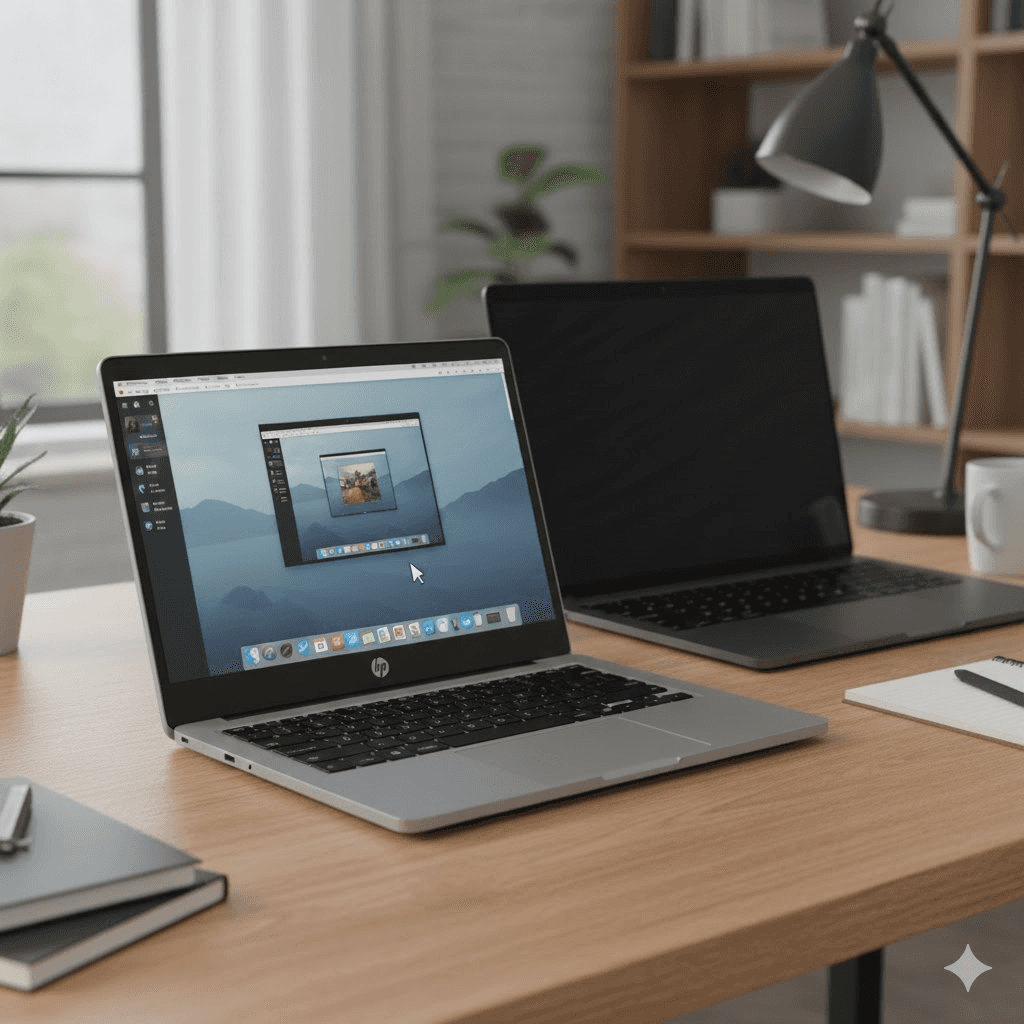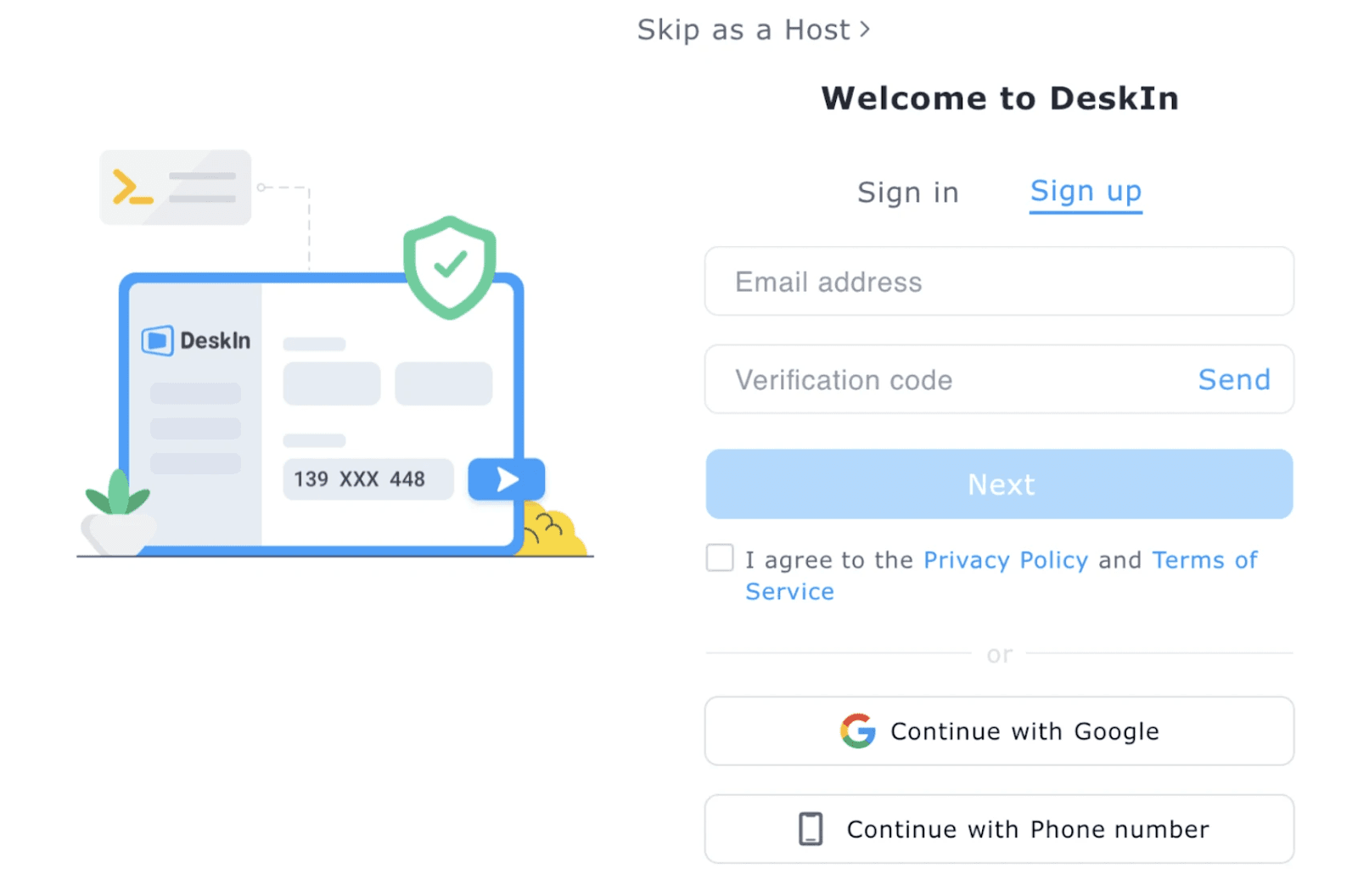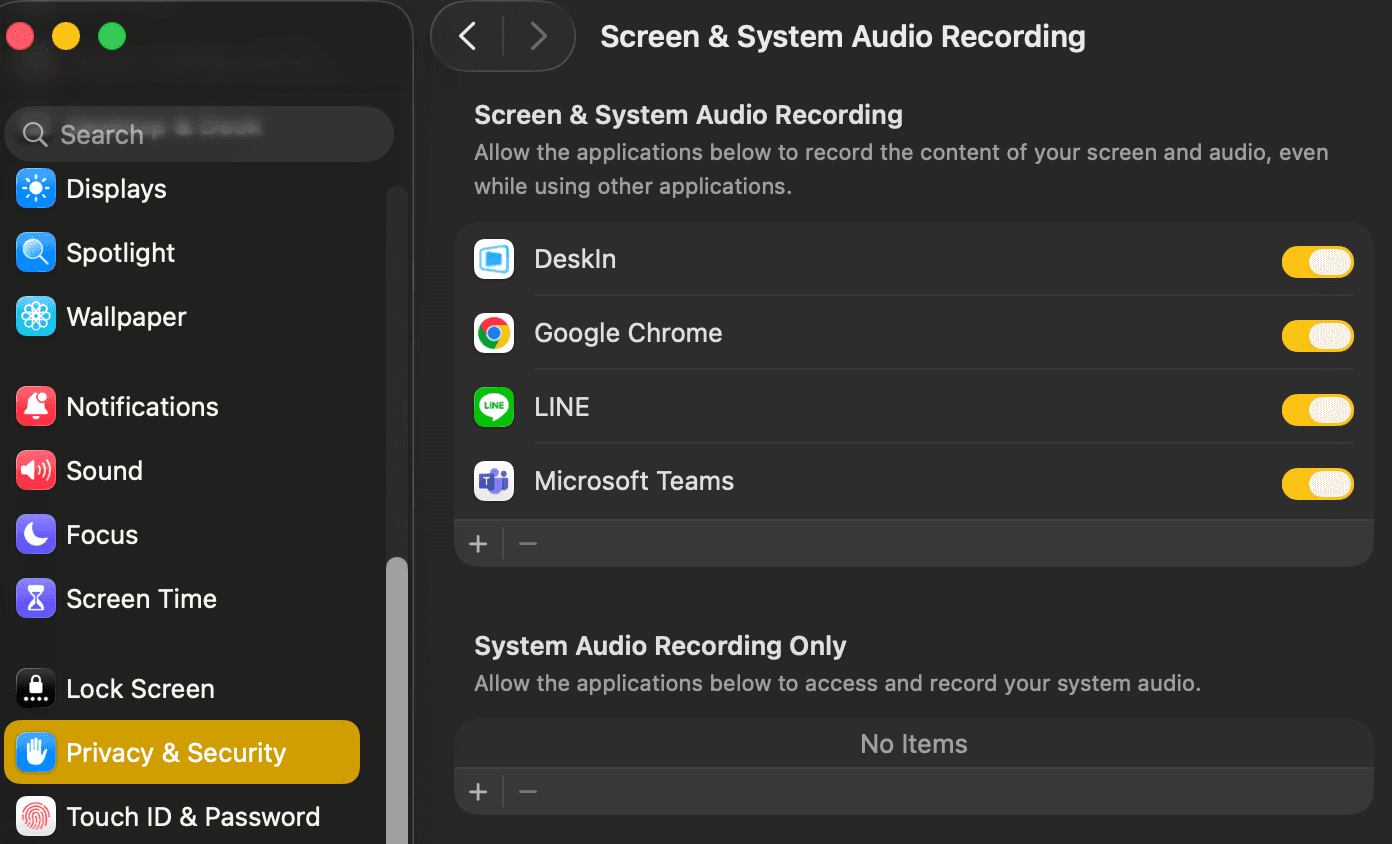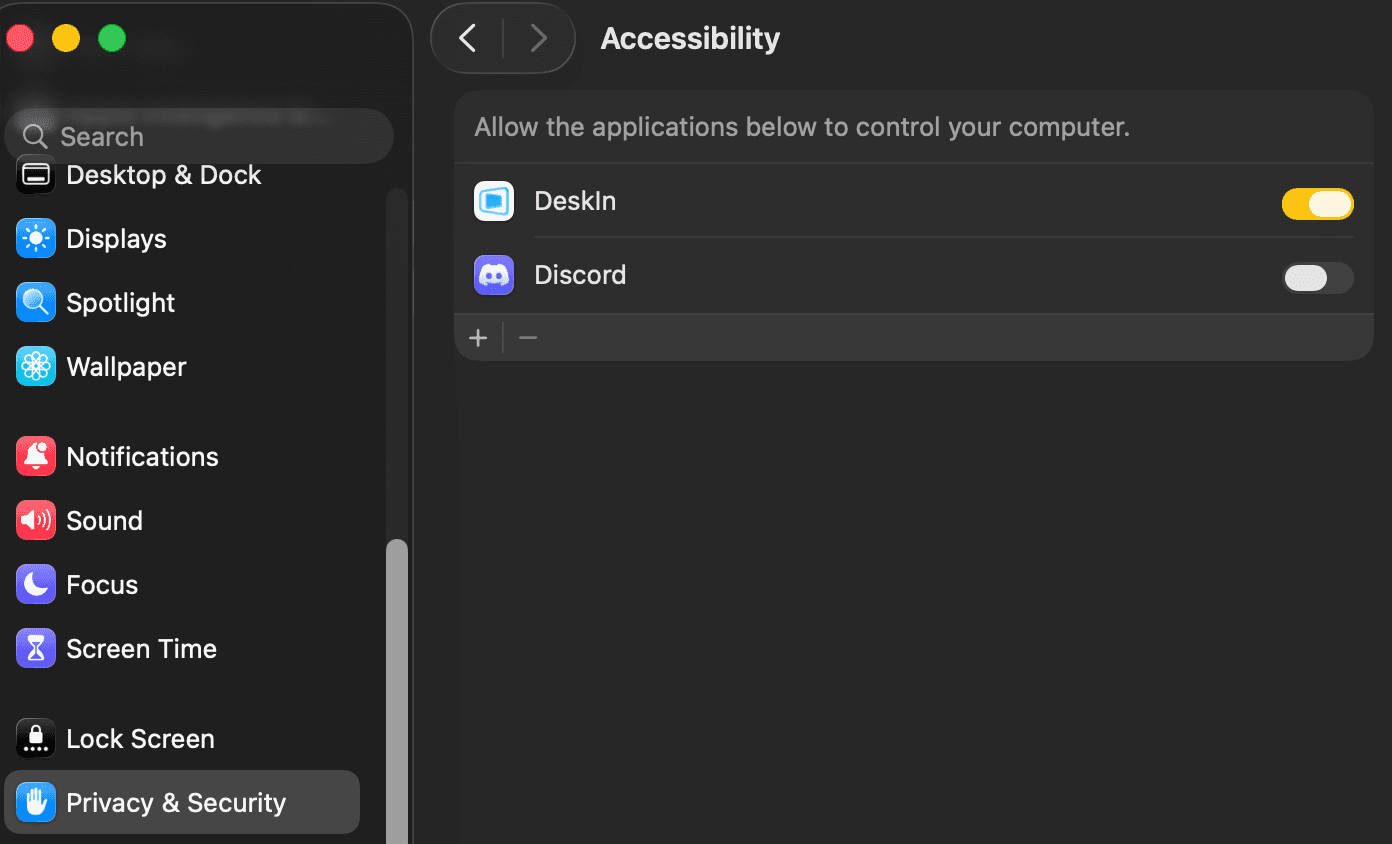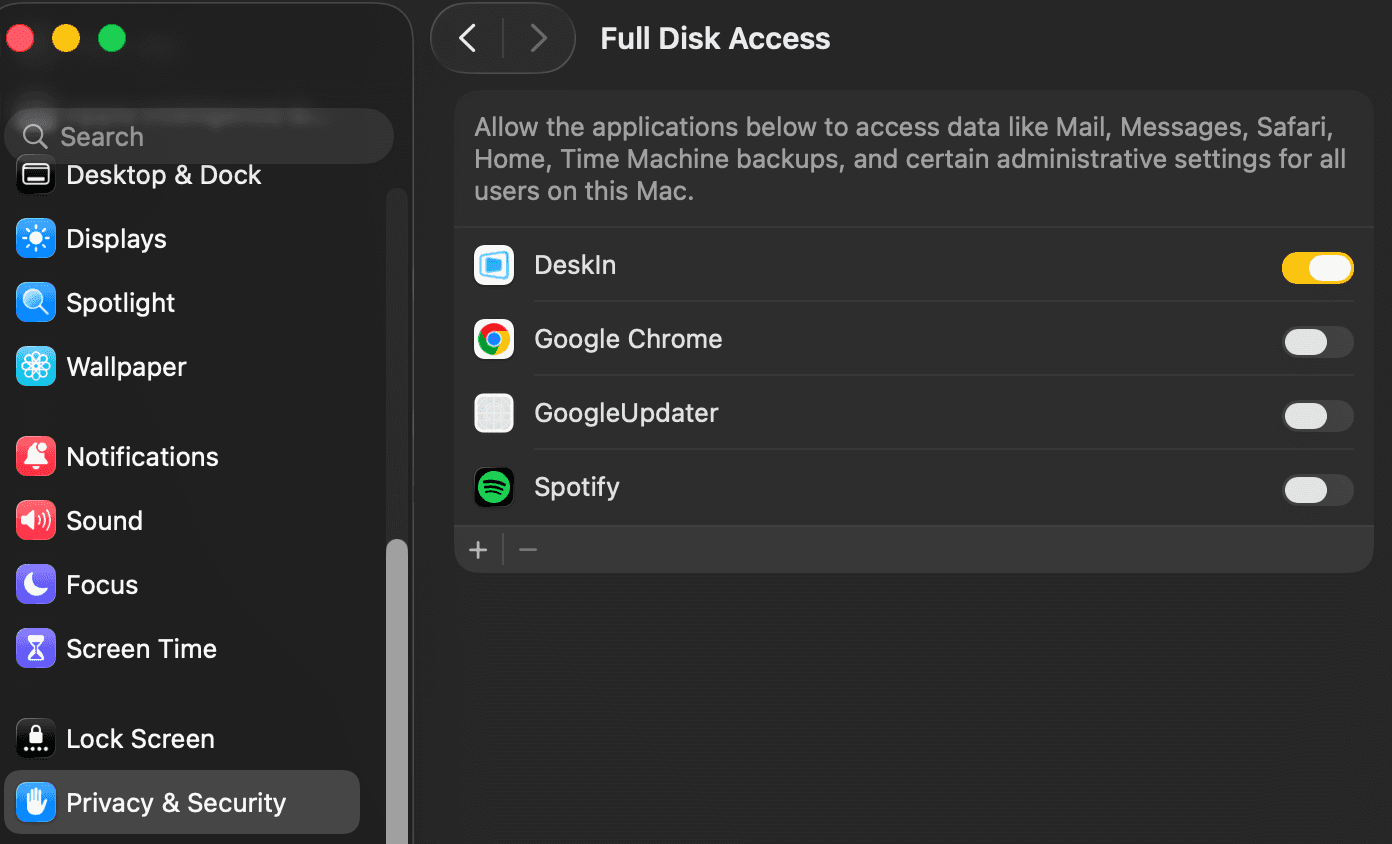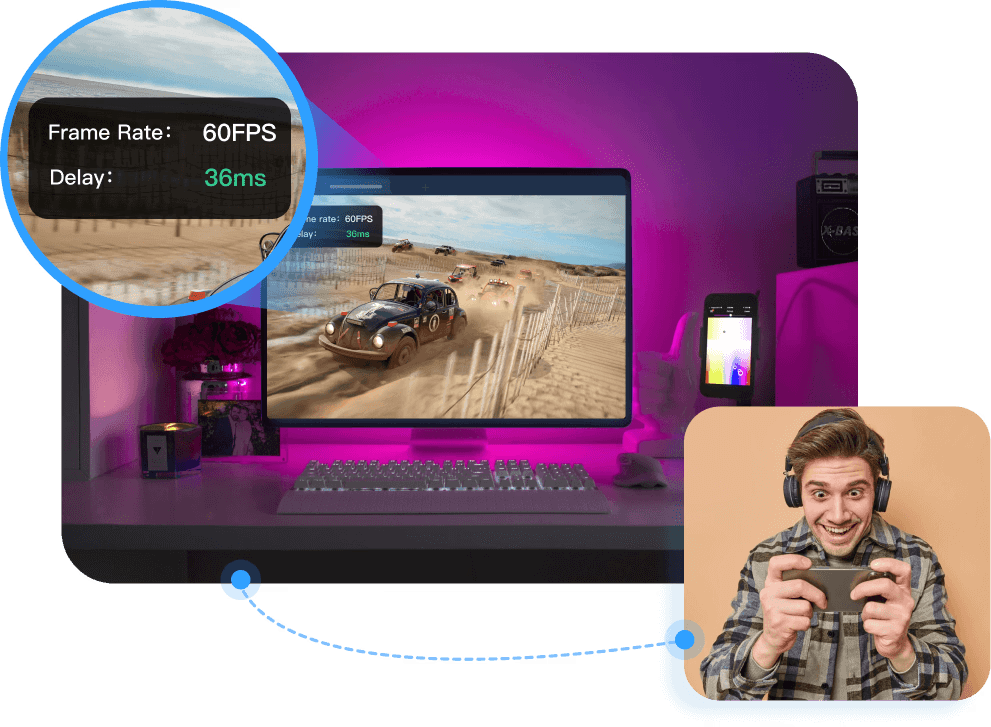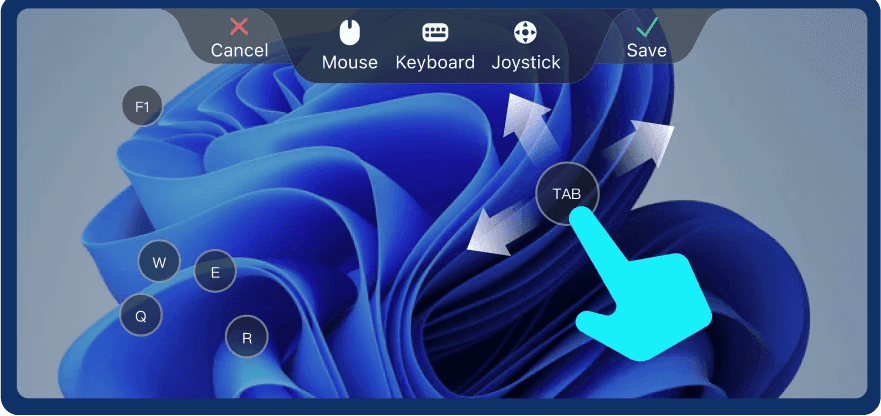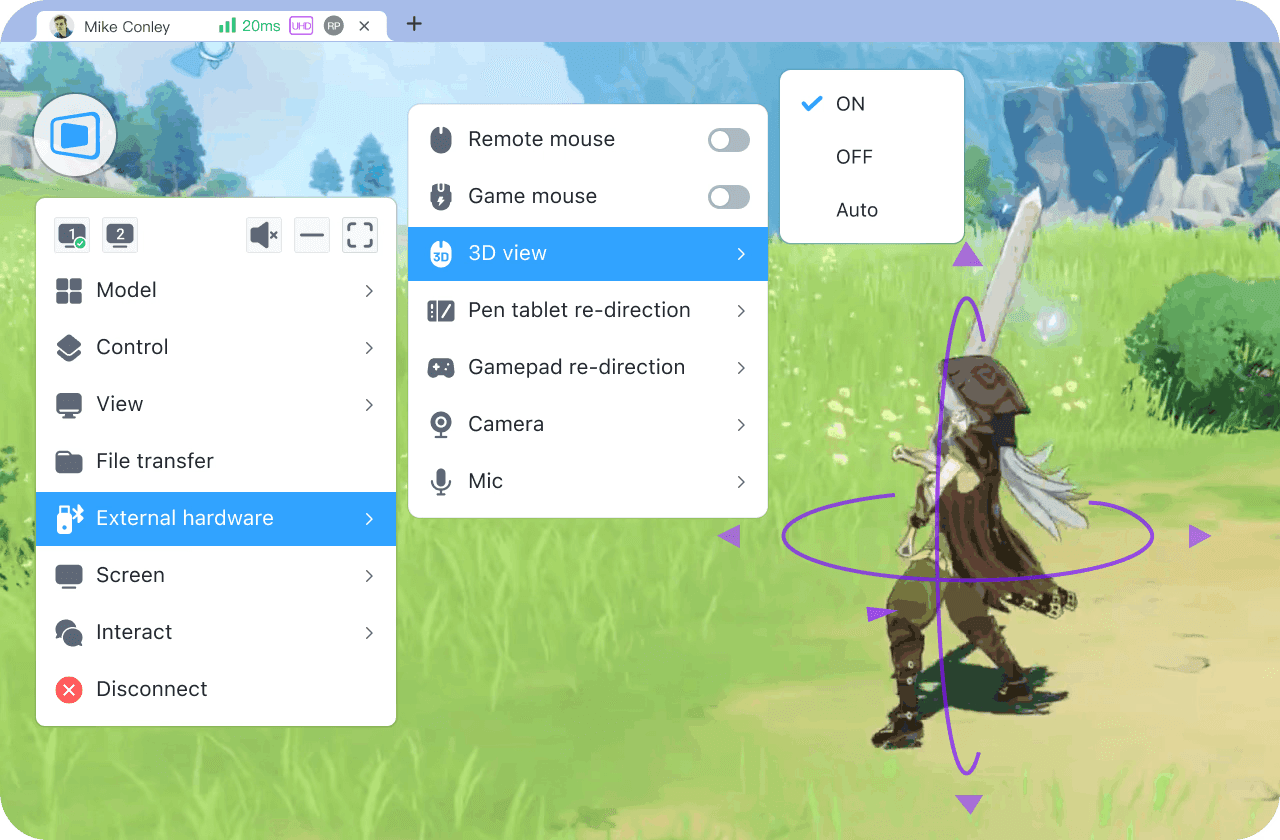Chrome Remote Desktop là một lựa chọn phổ biến khi bạn cần truy cập vào các thiết bị từ xa. Tuy nhiên, nhiều người dùng đang gặp khó khăn trong việc cài đặt và sử dụng Chrome Remote Desktop. Bài viết này sẽ giải thích một số lý do phổ biến dẫn đến việc không cài đặt được Chrome Remote Desktop và đưa ra các giải pháp đáng tin cậy.
Tại sao Chrome Remote Desktop không cài đặt được và cách giải quyết như thế nào?
1. Vấn đề mạng:
Mạng không ổn định hoặc quá chậm, dẫn đến tệp tin cài đặt đã tải xuống bị không hoàn chỉnh hoặc bị hỏng.
Giải pháp: Kiểm tra trạng thái mạng của bạn để đảm bảo rằng kết nối mạng ổn định và đủ nhanh. Kiểm tra cài đặt tường lửa và bộ định tuyến của bạn để đảm bảo chúng cho phép tải xuống và cài đặt Chrome Remote Desktop.
2. Vấn đề tương thích hệ thống:
Chrome Remote Desktop hỗ trợ các hệ điều hành iOS, macOS, Chrome OS, Android, Windows, Linux, nhưng không phải tất cả các phiên bản. Đảm bảo rằng phiên bản hệ điều hành của bạn phù hợp với các yêu cầu của Chrome Remote Desktop.
Windows: Windows 10 trở lên
macOS: macOS 11 Big Sur trở lên
Linux: Giao thức hiển thị Wayland và X11, tự động thích ứng
Android: Android 8.0 Oreo trở lên
iOS/iPadOS: iOS 15 trở lên
Các yêu cầu khác:
Trình duyệt: Cần phiên bản mới nhất của Google Chrome hoặc Chromium
Mạng: Cần có kết nối mạng ổn định để đảm bảo trải nghiệm điều khiển từ xa tốt
3. Sự can thiệp của phần mềm bảo mật:
Phần mềm diệt virus, tường lửa, hoặc các cài đặt bảo mật khác trên máy tính của bạn xác định Chrome Remote Desktop là phần mềm độc hại hoặc ứng dụng không được phép có thể gây ra thất bại trong việc cài đặt.
Giải pháp: Trong quá trình cài đặt, tạm thời tắt phần mềm diệt virus, tường lửa, hoặc các cài đặt bảo mật khác có thể gây cản trở. Sau khi cài đặt hoàn tất, bật lại những cài đặt này và đảm bảo chúng được cấu hình chính xác để cho phép Chrome Remote Desktop hoạt động.
4. Quyền hạn không đủ:
Tài khoản người dùng hiện tại thiếu quyền cài đặt ứng dụng mới. Quản trị viên hệ thống đã thiết lập các cài đặt để ngăn chặn việc cài đặt các ứng dụng không được phê duyệt.
Giải pháp: Chạy trình cài đặt với quyền quản trị: Nhấp chuột phải vào trình cài đặt và chọn "Chạy với quyền quản trị". Bạn có thể cần nhập mật khẩu để xác minh.
5. Vấn đề với registry:
Registry còn sót lại từ phiên bản cũ của Chrome hoặc Chrome Remote Desktop gây cản trở cho việc cài đặt phiên bản mới.
Giải pháp: Sử dụng công cụ regedit để tìm và xóa các mục registry cũ liên quan đến Chrome hoặc Chrome Remote Desktop.
6. Tệp tin cài đặt không hoàn chỉnh:
Tệp tin cài đặt đã tải xuống bị lỗi hoặc bị hỏng.
Giải pháp: Tải lại gói cài đặt Chrome Remote Desktop từ trang web chính thức của Chrome hoặc các nguồn đáng tin cậy khác. Trong quá trình tải xuống, đảm bảo có một kết nối mạng ổn định để tránh làm hỏng các tệp đã tải xuống.
Nếu bạn vẫn không thể sử dụng Chrome Remote Desktop sau khi thử các cách khắc phục, đây là một lựa chọn tốt hơn cho bạn——DeskIn Remote Desktop.
DeskIn Remote Desktop: phần mềm điều khiển từ xa tốt hơn.
DeskIn là một phần mềm điều khiển từ xa được thiết kế cho người dùng cá nhân. Nó không chỉ dễ sử dụng mà còn cung cấp nhiều chức năng phong phú và trải nghiệm kết nối mượt mà hơn so với Chrome Remote Desktop.
Các tính năng nổi bật của DeskIn:
Cài đặt đơn giản, khả năng tương thích mạnh mẽ
DeskIn hỗ trợ nhiều hệ điều hành, bao gồm Windows, macOS, iOS và Android, và cũng hỗ trợ khởi tạo kết nối trên web. Cài đặt dễ dàng và bạn không cần sử dụng trên một trình duyệt cụ thể.Kết nối ổn định và độ trễ thấp
DeskIn cung cấp kết nối ổn định mà không có giới hạn thời gian kết nối và sẽ không bị ngắt ngay cả khi kết nối trong thời gian dài; độ trễ thấp nhất chỉ 40ms, đặc biệt phù hợp với nhu cầu văn phòng hiệu quả và hỗ trợ từ xa.Đăng nhập linh hoạt và an toàn
Bên cạnh đăng ký bằng email, DeskIn cũng hỗ trợ đăng ký và đăng nhập với một cú nhấp chuột bằng tài khoản Google và Apple ID. Khi bạn đăng nhập lần đầu trên một thiết bị mới, bạn cần xác minh để giữ cho tài khoản của mình an toàn.Bảo mật cao
DeskIn sử dụng công nghệ mã hóa 256-bit để đảm bảo an toàn cho việc truyền dữ liệu. Nó cũng có nhiều cài đặt bảo mật, như truy cập không giám sát và mật khẩu bảo mật, màn hình riêng tư, danh sách đen và trắng, v.v., để ngăn chặn thiết bị bị kết nối một cách độc hại.Chức năng phong phú
DeskIn hỗ trợ lên đến 4K60FPF/2K144FPS và cũng hỗ trợ điều chỉnh thủ công. Các tính năng miễn phí như mở rộng màn hình, CDM từ xa, chiếu, cuộc gọi thoại khiến nó phù hợp cho nhiều tình huống sử dụng khác nhau.
Bắt đầu với DeskIn dễ dàng
Bước 1: Cài đặt và mở DeskIn trên các thiết bị cục bộ và từ xa, đăng ký một tài khoản miễn phí và đăng nhập. Đối với lần đăng nhập đầu tiên trên một thiết bị mới, bạn cần xác minh email để giữ cho tài khoản của mình an toàn.

Bước 2: Nhập ID của thiết bị được điều khiển trên thiết bị điều khiển chính, nhấp vào Kết nối, bạn có thể sử dụng kết nối bằng mật khẩu hoặc kết nối không cần mật khẩu để hoàn tất xác minh.

Sau vài giây, bạn có thể kiểm soát thiết bị từ xa như thể nó ngay bên cạnh bạn.
Kết luận
Nếu bạn gặp vấn đề với việc Chrome Remote Desktop không thể cài đặt, DeskIn là một lựa chọn ổn định và mạnh mẽ hơn. DeskIn không chỉ dễ cài đặt mà còn cung cấp kết nối ổn định và bảo mật cao, làm cho nó trở thành một lựa chọn lý tưởng cho các kết nối từ xa.
Chrome Remote Desktop là một lựa chọn phổ biến khi bạn cần truy cập vào các thiết bị từ xa. Tuy nhiên, nhiều người dùng đang gặp khó khăn trong việc cài đặt và sử dụng Chrome Remote Desktop. Bài viết này sẽ giải thích một số lý do phổ biến dẫn đến việc không cài đặt được Chrome Remote Desktop và đưa ra các giải pháp đáng tin cậy.
Tại sao Chrome Remote Desktop không cài đặt được và cách giải quyết như thế nào?
1. Vấn đề mạng:
Mạng không ổn định hoặc quá chậm, dẫn đến tệp tin cài đặt đã tải xuống bị không hoàn chỉnh hoặc bị hỏng.
Giải pháp: Kiểm tra trạng thái mạng của bạn để đảm bảo rằng kết nối mạng ổn định và đủ nhanh. Kiểm tra cài đặt tường lửa và bộ định tuyến của bạn để đảm bảo chúng cho phép tải xuống và cài đặt Chrome Remote Desktop.
2. Vấn đề tương thích hệ thống:
Chrome Remote Desktop hỗ trợ các hệ điều hành iOS, macOS, Chrome OS, Android, Windows, Linux, nhưng không phải tất cả các phiên bản. Đảm bảo rằng phiên bản hệ điều hành của bạn phù hợp với các yêu cầu của Chrome Remote Desktop.
Windows: Windows 10 trở lên
macOS: macOS 11 Big Sur trở lên
Linux: Giao thức hiển thị Wayland và X11, tự động thích ứng
Android: Android 8.0 Oreo trở lên
iOS/iPadOS: iOS 15 trở lên
Các yêu cầu khác:
Trình duyệt: Cần phiên bản mới nhất của Google Chrome hoặc Chromium
Mạng: Cần có kết nối mạng ổn định để đảm bảo trải nghiệm điều khiển từ xa tốt
3. Sự can thiệp của phần mềm bảo mật:
Phần mềm diệt virus, tường lửa, hoặc các cài đặt bảo mật khác trên máy tính của bạn xác định Chrome Remote Desktop là phần mềm độc hại hoặc ứng dụng không được phép có thể gây ra thất bại trong việc cài đặt.
Giải pháp: Trong quá trình cài đặt, tạm thời tắt phần mềm diệt virus, tường lửa, hoặc các cài đặt bảo mật khác có thể gây cản trở. Sau khi cài đặt hoàn tất, bật lại những cài đặt này và đảm bảo chúng được cấu hình chính xác để cho phép Chrome Remote Desktop hoạt động.
4. Quyền hạn không đủ:
Tài khoản người dùng hiện tại thiếu quyền cài đặt ứng dụng mới. Quản trị viên hệ thống đã thiết lập các cài đặt để ngăn chặn việc cài đặt các ứng dụng không được phê duyệt.
Giải pháp: Chạy trình cài đặt với quyền quản trị: Nhấp chuột phải vào trình cài đặt và chọn "Chạy với quyền quản trị". Bạn có thể cần nhập mật khẩu để xác minh.
5. Vấn đề với registry:
Registry còn sót lại từ phiên bản cũ của Chrome hoặc Chrome Remote Desktop gây cản trở cho việc cài đặt phiên bản mới.
Giải pháp: Sử dụng công cụ regedit để tìm và xóa các mục registry cũ liên quan đến Chrome hoặc Chrome Remote Desktop.
6. Tệp tin cài đặt không hoàn chỉnh:
Tệp tin cài đặt đã tải xuống bị lỗi hoặc bị hỏng.
Giải pháp: Tải lại gói cài đặt Chrome Remote Desktop từ trang web chính thức của Chrome hoặc các nguồn đáng tin cậy khác. Trong quá trình tải xuống, đảm bảo có một kết nối mạng ổn định để tránh làm hỏng các tệp đã tải xuống.
Nếu bạn vẫn không thể sử dụng Chrome Remote Desktop sau khi thử các cách khắc phục, đây là một lựa chọn tốt hơn cho bạn——DeskIn Remote Desktop.
DeskIn Remote Desktop: phần mềm điều khiển từ xa tốt hơn.
DeskIn là một phần mềm điều khiển từ xa được thiết kế cho người dùng cá nhân. Nó không chỉ dễ sử dụng mà còn cung cấp nhiều chức năng phong phú và trải nghiệm kết nối mượt mà hơn so với Chrome Remote Desktop.
Các tính năng nổi bật của DeskIn:
Cài đặt đơn giản, khả năng tương thích mạnh mẽ
DeskIn hỗ trợ nhiều hệ điều hành, bao gồm Windows, macOS, iOS và Android, và cũng hỗ trợ khởi tạo kết nối trên web. Cài đặt dễ dàng và bạn không cần sử dụng trên một trình duyệt cụ thể.Kết nối ổn định và độ trễ thấp
DeskIn cung cấp kết nối ổn định mà không có giới hạn thời gian kết nối và sẽ không bị ngắt ngay cả khi kết nối trong thời gian dài; độ trễ thấp nhất chỉ 40ms, đặc biệt phù hợp với nhu cầu văn phòng hiệu quả và hỗ trợ từ xa.Đăng nhập linh hoạt và an toàn
Bên cạnh đăng ký bằng email, DeskIn cũng hỗ trợ đăng ký và đăng nhập với một cú nhấp chuột bằng tài khoản Google và Apple ID. Khi bạn đăng nhập lần đầu trên một thiết bị mới, bạn cần xác minh để giữ cho tài khoản của mình an toàn.Bảo mật cao
DeskIn sử dụng công nghệ mã hóa 256-bit để đảm bảo an toàn cho việc truyền dữ liệu. Nó cũng có nhiều cài đặt bảo mật, như truy cập không giám sát và mật khẩu bảo mật, màn hình riêng tư, danh sách đen và trắng, v.v., để ngăn chặn thiết bị bị kết nối một cách độc hại.Chức năng phong phú
DeskIn hỗ trợ lên đến 4K60FPF/2K144FPS và cũng hỗ trợ điều chỉnh thủ công. Các tính năng miễn phí như mở rộng màn hình, CDM từ xa, chiếu, cuộc gọi thoại khiến nó phù hợp cho nhiều tình huống sử dụng khác nhau.
Bắt đầu với DeskIn dễ dàng
Bước 1: Cài đặt và mở DeskIn trên các thiết bị cục bộ và từ xa, đăng ký một tài khoản miễn phí và đăng nhập. Đối với lần đăng nhập đầu tiên trên một thiết bị mới, bạn cần xác minh email để giữ cho tài khoản của mình an toàn.

Bước 2: Nhập ID của thiết bị được điều khiển trên thiết bị điều khiển chính, nhấp vào Kết nối, bạn có thể sử dụng kết nối bằng mật khẩu hoặc kết nối không cần mật khẩu để hoàn tất xác minh.

Sau vài giây, bạn có thể kiểm soát thiết bị từ xa như thể nó ngay bên cạnh bạn.
Kết luận
Nếu bạn gặp vấn đề với việc Chrome Remote Desktop không thể cài đặt, DeskIn là một lựa chọn ổn định và mạnh mẽ hơn. DeskIn không chỉ dễ cài đặt mà còn cung cấp kết nối ổn định và bảo mật cao, làm cho nó trở thành một lựa chọn lý tưởng cho các kết nối từ xa.

Play x Work
All at Once
DeskIn Remote Game
only $14.32 USD 🎉 Limited on July 16-31
Add promo code: deskinsummer1





